Whether you are looking for ghosts, sweet desserts, or a religious relic unlike any other in the world, Turin is the city for you. Locals have many reasons to be proud of their city. It was the capital of a mighty kingdom; the birthplace of the Risorgimento that culminated in the unification of Italy; the centre of a vigorous anti-fascist movement during the Second World War; the country’s third most powerful city; a cultural, industrial, and academic powerhouse located on the shores of the Po River, and surrounded by the breathtaking Alps.
There is almost no chance of being bored in Turin. The city is simply packed with world-class attractions. Princely baroque mansions, numerous palaces, Roman ruins, elegant art-nouveau cafes, and a rich tapestry of history and culture have transformed the old Roman colony into a must-see (again and again) destination. The best advice for all newcomers was given to me by a retired engineer who had spent his entire life in Turin: wake up early, drink a bicerin, and start walking.
Treasures are everywhere, and a short list of seven wonders to be noticed follows. Looking for them can be the second-most rewarding experience in Turin. Because what can be more impressive than entering a local chocolaterie and enjoying gianduja, the ultimate treat for those with a sweet tooth?
Biblioteca Reale
The Royal Library of Turin was founded in 1842 and contains over 200,000 print volumes. It was founded by the less-than-handsome King Charles Albert (1798-1849), whose burning desire was to transform his kingdom into a lodestar of erudition and progress. The library is a splendid building thanks to the genius of Pelagio Palagi (1775-1860), an Italian painter, sculptor, and interior decorator. However, the most magnificent treasure within these walls is the red-chalk drawing depicting an old man with a hooked nose, bushy eyebrows, and a long beard. The portrait was drawn c. 1510 and has long been considered a self-portrait of Leonardo da Vinci, the incomparable Italian polymath.
Duomo di Torino
The Turin Cathedral is the only Renaissance-style church in the city. It was built in the 1490s and is dedicated to Saint John the Baptist. Many royal consorts and princesses of the House of Savoy selected the cathedral as their final resting place. Those interested in royal burials will find much to delight them here. However, the true treasure is the Holy Shroud, the linen cloth venerated by the faithful as the burial shroud used to wrap the body of Jesus of Nazareth after his crucifixion. This revered artifact rests in a chapel with a dome with six slanted levels ending in a roof lantern, designed by the priest-architect Guarino Guarini in 1668. The shroud is kept in a climate-controlled case and is not viewable to the public, but the chapel is magnificent and well worth a visit in its own right.
Caffé Al Bicerin
The Caffè al Bicerin is among Turin’s oldest and most iconic coffee shops. Giuseppe Dentis opened the small shop in 1763 and, forced by genius or necessity, combined chocolate, coffee, and heavy cream in a small bicerin (the Piedmontese word for small glass) to create a drink destined to become the city’s traditional hot drink. The French author Alexandre Dumas claimed that no visitor to Turin should miss the opportunity to taste a bicerin, especially the “Un pù’d Tut” (A Little Bit of Everything) version.
The Fréjus Tunnel monument
The Fréjus Tunnel monument is located in Piazza Statuto and honours the workers who built the Fréjus Tunnel, linking Italy and France. When the Fréjus Tunnel opened in 1871, it was described as the most extraordinary engineering feat of the 19th century. So far, the monument is a typical example of how to pay tribute to those who laboured to make our lives easier. However, some Turinese believe the Gates of Hell are beneath the monument. They think that the monument depicts Satan (the winged genius) rejecting the humans who try to reach the top of the pyramid.
Portone del Diavolo
The Banca Nazionale del Lavoro headquarters is full of weird associations and has the most mysterious door in the city. In the 17th century, the building was home to Giovanni Battista Trucchi di Levaldigi, finance minister during the reign of Charles Emmanuel II. He desired a magnificent door, so he ordered one in Paris with elaborate carvings of flowers, animals, and cupids. However, the door knocker consists of two snakes and the Devil’s head. Some people claim that the door appeared overnight at the behest of a sorcerer’s apprentice, but when the Devil grew tired of being summoned in the middle of the night, he imprisoned the apprentice behind the door. When Maria Carolina of Savoy, the daughter of the future King Victor Amadeus III of Sardinia, hosted a carnival ball, a dancer was stabbed in the back. As a freezing wind blew out the candles, the ghost of the assassinated dancer was seen walking around the rooms.
Museo Egizio
The Museo Egizio in Turin is the oldest institution in the world, specialising in preserving and exhibiting artefacts belonging to the Egyptian civilization. The museum was established in 1824 and is considered the most critical Egyptology collection in the world after the Egyptian Museum of Cairo. The museum is home to numerous mummies and the oldest extant map in the world, made to help Pharaoh Ramesses IV find stones for statues in the Eastern Desert. However, the most famous artefact is probably Papyrus 55001, more commonly known as the Turin Erotic Papyrus. This risqué document was made in 1150 BCE (during the reign of Ramesses IV) and depicts an orgy with men and women in various sexual positions.
Mole Antonelliana
The Mole Antonelliana is the most emblematic building in Turin and houses the National Museum of Cinema. Construction began in 1863 and was completed in 1889. The building was designed by the Italian architect Alessandro Antonelli (1798-1888) as a synagogue, but cost overruns and construction delays resulted in the Jewish community abandoning the project. The Mole Antonelliana is believed to be the tallest museum in the world (167.5 metres or 550 ft). It is also a monument to Antonelli’s ambition to create something truly monumental. Despite specific orders from the Jewish community of Turin, he kept raising the building’s height and increasing the budget until the community could neither afford it nor wait any longer for their synagogue. Eventually, the city authorities purchased the building and agreed with the popular demand to complete the project, thus endowing the city with an unparalleled architectural treasure.
-
Duration: 1h 30min
-





















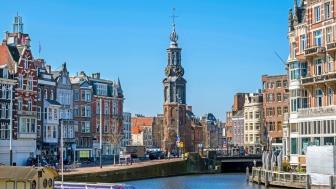











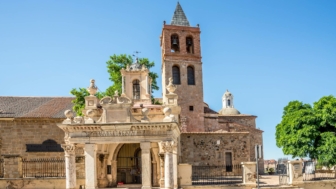
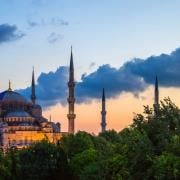


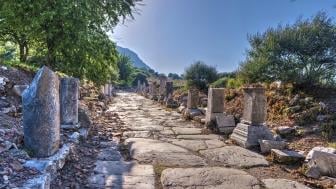



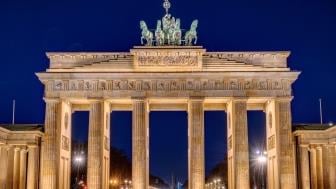

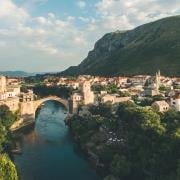




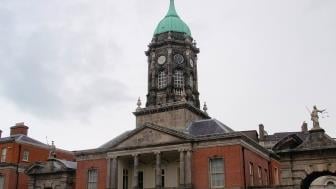

















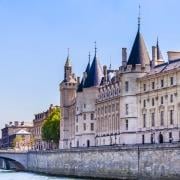
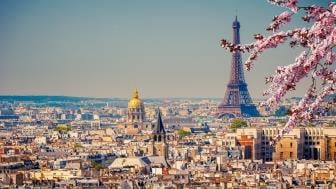

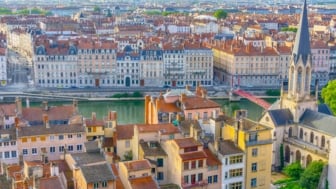
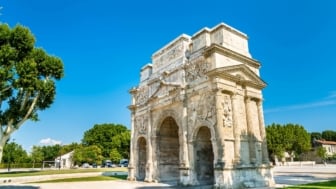





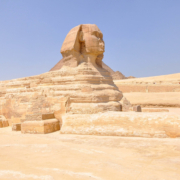










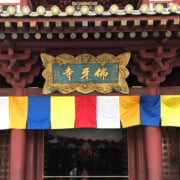











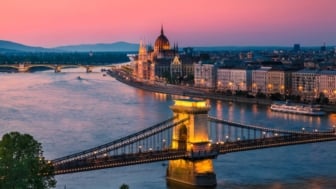
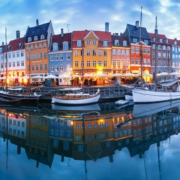






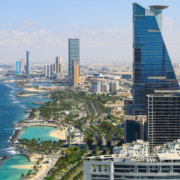








![dreamstime m 118139546 (Copy)[1]](https://cliomusetours.com/wp-content/uploads/2023/08/dreamstime_m_118139546_Copy1-336x189.jpg)
